Making Solutions in the Laboratory
Panoramica
The ability to successfully make solutions is a basic laboratory skill performed in virtually all biological and chemical experiments. A solution is a homogenous mixture of solute dissolved in bulk liquid known as the solvent. Solutions can be described by their solute concentration, a measure of how much solute is present per unit of solution. In this video, a step-by-step procedure for how to make a water-based, or aqueous, solution for biological applications is presented. The video discusses how to calculate and measure the amount of solute needed for a given volume of solution. Methods for dissolving the solute in purified water and adjusting the pH of the solution are shown. Proper addition of the quantity sufficient (QS) to reach the desired volume is demonstrated with respect to the meniscus before discussing methods for sterilizing the solution. Applications of making solutions are presented through the discussion of several commonly used biological solutions, such as phosphate buffered saline (PBS), and their uses in biological research. These solutions are buffers that mimic physiological pH and osmolarity of cellular fluids.
Procedura
Making solutions is an essential procedure involved in virtually all biological and chemical experiments performed across the globe.
A solution is made up of a substance dissolved in liquid. The dissolved substance is known as the solute, and the bulk fluid as the solvent. The resulting homogenous mixture is referred to as the solution.
Solutions can be described by their solute concentration, a measure of how much solute is present per unit of solution.
Making solutions m
Tags
Vai a...
Video da questa raccolta:
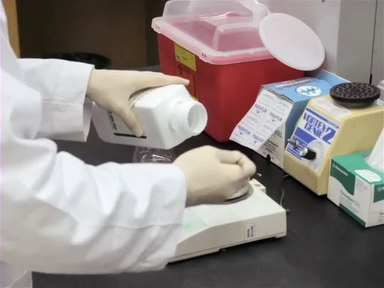
Now Playing
Making Solutions in the Laboratory
General Laboratory Techniques
211.9K Visualizzazioni
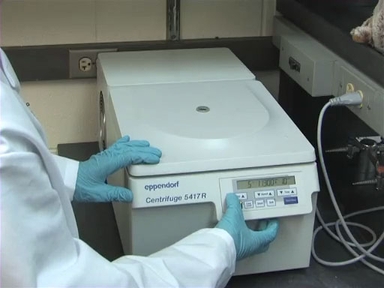
Un'introduzione alla centrifuga
General Laboratory Techniques
489.5K Visualizzazioni
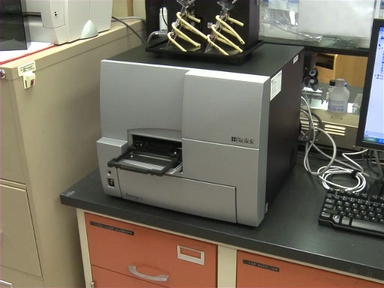
Introduzione al lettore di micropiastre
General Laboratory Techniques
127.4K Visualizzazioni
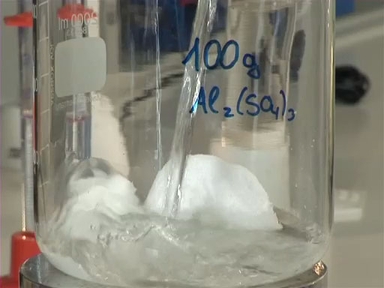
Comprendere la concentrazione e misurare i volumi
General Laboratory Techniques
216.3K Visualizzazioni
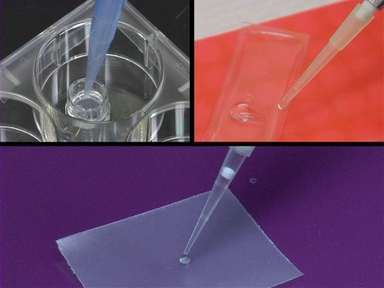
Introduzione al micropipettor
General Laboratory Techniques
587.6K Visualizzazioni
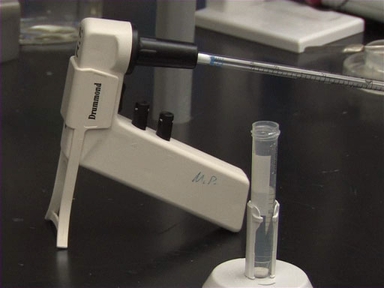
Introduzione alle pipette sierologiche e ai pipettatori
General Laboratory Techniques
219.5K Visualizzazioni
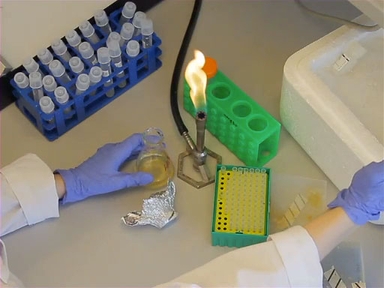
Introduzione al Bunsen Burner
General Laboratory Techniques
207.8K Visualizzazioni
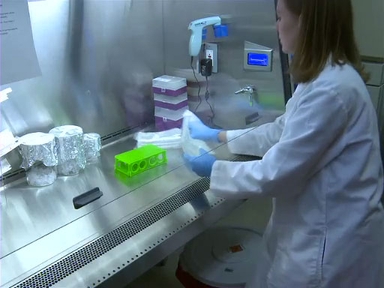
Un'introduzione al lavoro sotto cappa
General Laboratory Techniques
151.7K Visualizzazioni

Misurazione della massa in laboratorio
General Laboratory Techniques
171.2K Visualizzazioni

Introduzione allo spettrofotometro
General Laboratory Techniques
519.4K Visualizzazioni
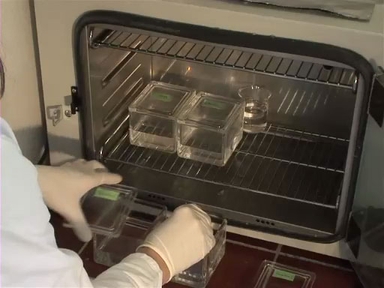
Preparazione del campione istologico per microscopia ottica
General Laboratory Techniques
241.0K Visualizzazioni
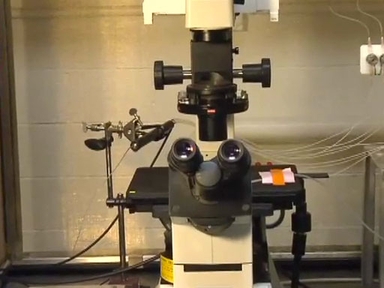
Introduzione alla microscopia a fluorescenza
General Laboratory Techniques
350.4K Visualizzazioni
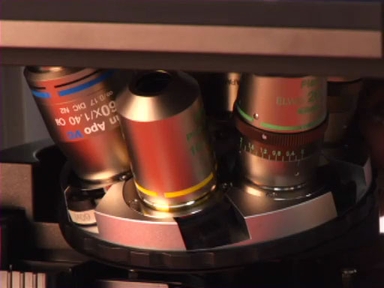
Introduzione alla microscopia ottica
General Laboratory Techniques
816.3K Visualizzazioni

Regolazione della temperatura in laboratorio: conservazione dei campioni utilizzando il freddo
General Laboratory Techniques
65.8K Visualizzazioni
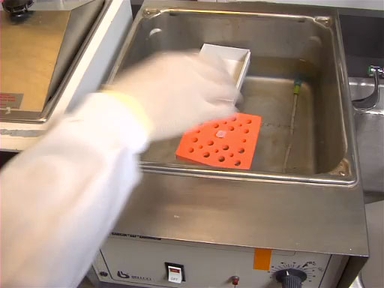
Regolazione della temperatura in laboratorio: applicazione del calore
General Laboratory Techniques
81.5K Visualizzazioni